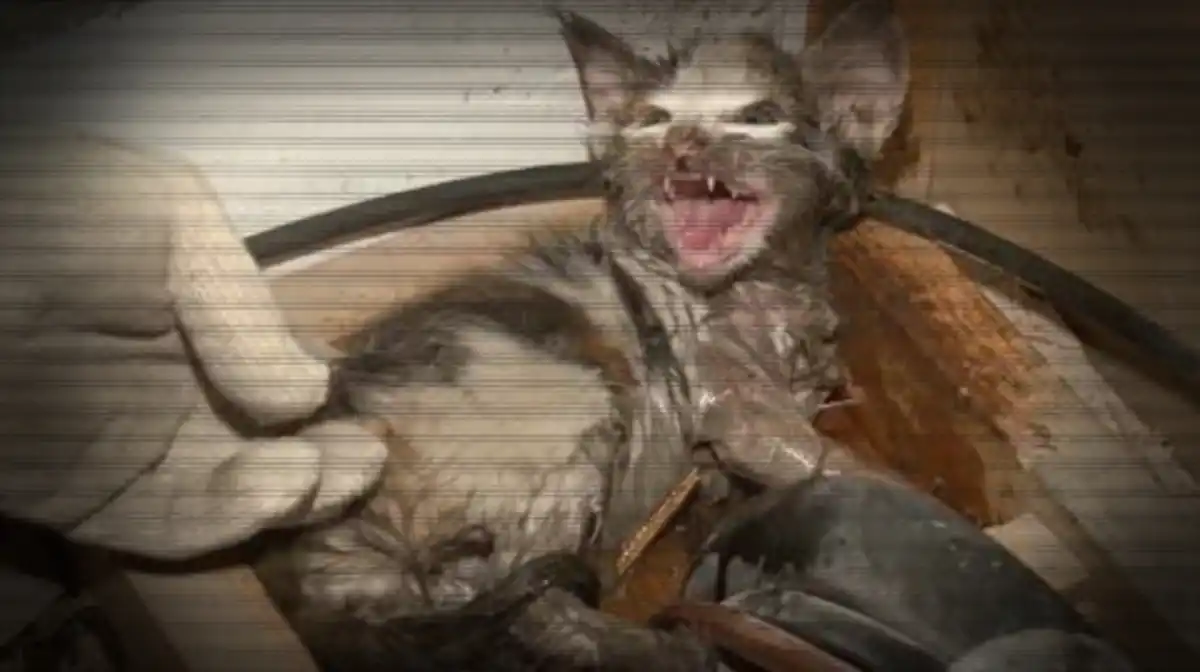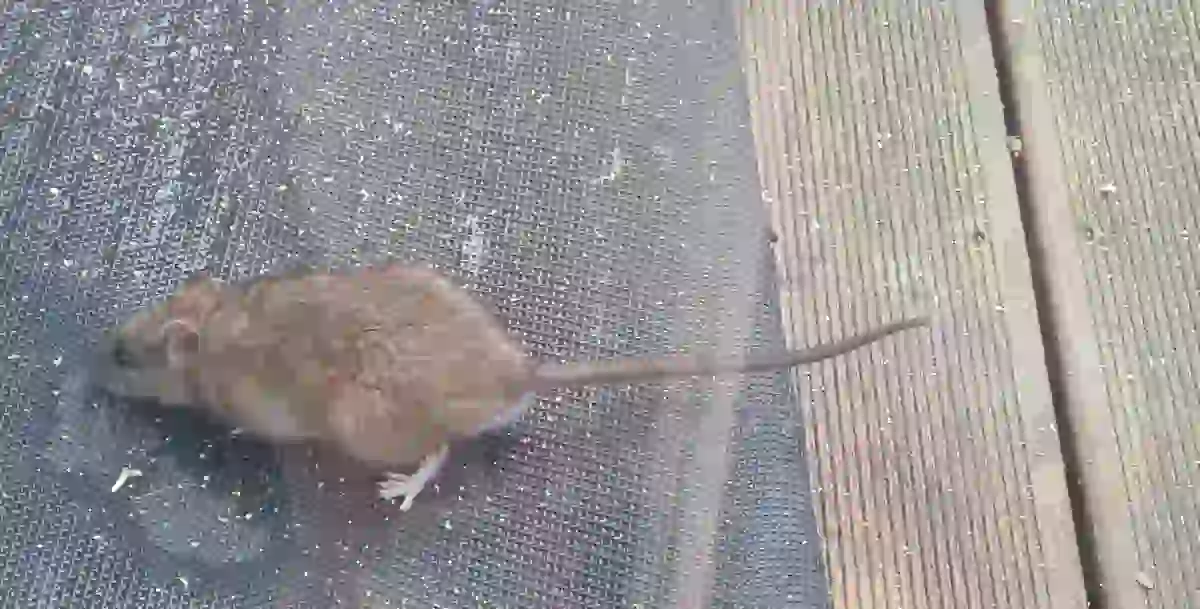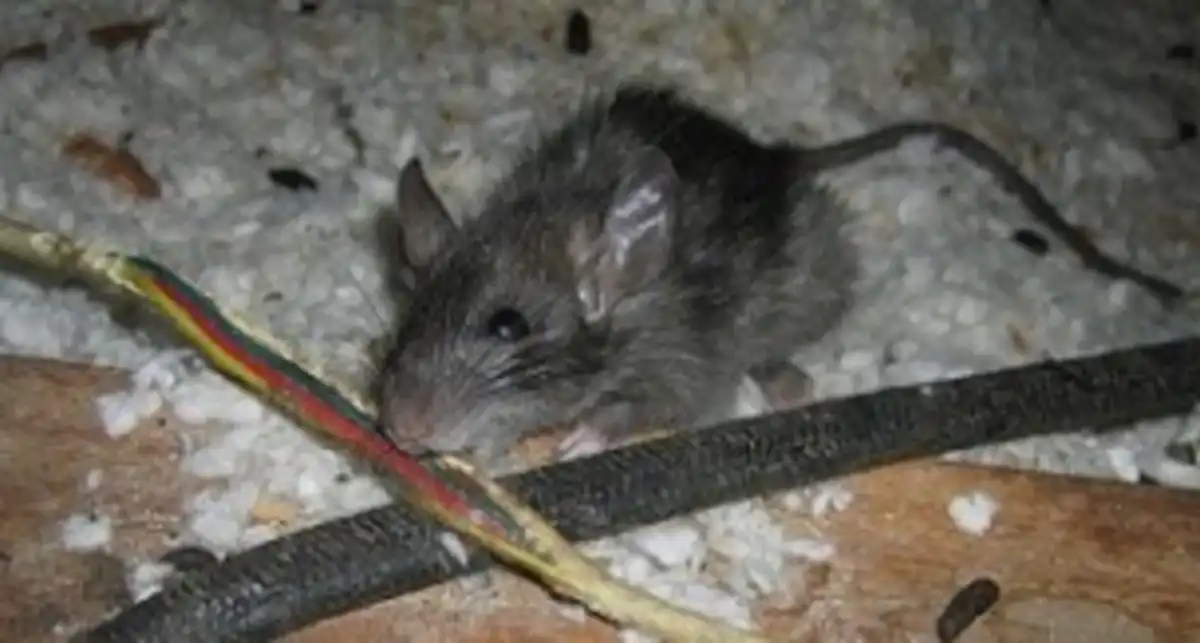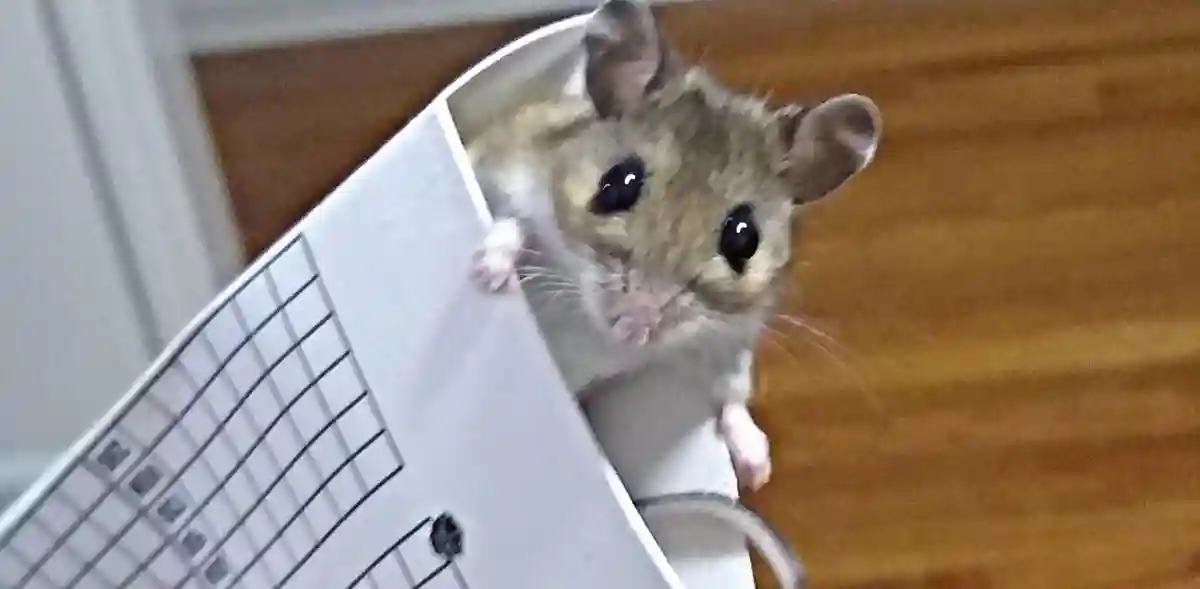You need to know where to place mouse traps to catch them. Experienced pest control experts follow what they discover during inspections to set traps where the mice are most active. That’s because the location where you put snap traps, bucket traps, or any type of trap matters for the best results.
Snap traps, for example, work best when you put them in places where rodents travel, including dark areas, along walls, and behind furniture. Good spots include both sides of doors inside and outside. You also want to keep other animals such as your pets safe. So, you need to set snap traps inside bait stations.
Where to Place Mouse Traps

- Along Walls
- Mice tend to run along walls or skirting boards.
- Place traps perpendicular to the wall with the trigger end almost touching the wall.
- Behind Appliances
- Mice often hide behind refrigerators, stoves, and other large appliances.
- Placing traps in these areas can be effective.
- In Dark Corners
- Mice prefer dark, secluded areas.
- Check for signs of mouse activity, like droppings or chewed items to know where to place mouse traps. Place traps in these corners.
- Near Food Sources
- Place traps near where you’ve noticed food has been eaten or where food is stored.
- An example is in pantries or cabinets.
- Close to Entry Points
- If you can identify where mice are entering your home, then you have found where to place mouse traps.
- Place the traps near these entry points.
- Common entry points include gaps in doors, windows, or where pipes and wires enter the home.
- Hidden Areas
- Mice tend to avoid open spaces, so place traps in hidden areas like behind furniture or in closets.
- The attic and basement are common areas for mice to nest, especially if they’re cluttered.
For the best result, don’t leave gaps between the trap and the wall, and avoid using a single snap trap parallel to the wall or placing traps in corners. These allow mice to slip by. For proper placement, position the snap trap at a right angle to the wall with the teeth facing it. Only use parallel placement if you have two traps back-to-back. Ensure the trap fits snugly against the wall with no space in between.
You can set snap traps either horizontally or vertically, and some traps have holes to secure them with zip ties to pipes or racks.
Try pre-baiting your snap traps. Pre-baiting means putting your snap traps backward against the wall without setting them for 3-7 days. You can use things like:
- Detex with Lumitrack
- Provoke monitoring gel
- Cotton balls
- Nesting materials for pre-baiting
This helps rodents get used to the snap traps. After the first 3-7 days, switch to using active bait and flip the snap traps around so that they are set with the teeth open toward the wall.
Common Mouse Trap Mistakes to Avoid
Knowing where to place mouse traps is one thing, following the proper practices is another. So, while you can use mousetraps to catch mice, you might not be doing it as well as you could. Here are some mistakes you should avoid to catch even the smartest mouse.
1. You Placed the Trap Incorrectly
Put traps in the right spots, without mistakes. Mice prefer to stick close to walls because they’re scared of open spaces. They sneak along the edges of rooms and dark corners.
So, to catch them where they go, place mouse traps along the walls where they walk. Make sure the bait and trigger end of the trap faces the wall, so mice are tempted to check it out. Hide traps whenever you can, like behind cabinets or behind the stove (just pull out the drawer under the oven to get there easily).
2. Handled Traps Keep Mice Away
Don’t touch the traps with your bare hands. Mice can smell your scent on traps you have touched, and they might avoid them. You should wear gloves when dealing with mouse traps and bait. Plastic or rubber gloves will do. Remember to wear gloves when handling a trap with a caught mouse to stay safe from diseases.
3. Choosing the Wrong Bait
Forget the idea of mice loving cheese from cartoons. Mice mostly eat nuts and seeds, so they are attracted to peanut butter, hazelnut spread, and even chocolate. When it’s cold outside, they come indoors to make nests, so you can tempt them with things like cotton balls, dental floss, yarn, and twine.
If you use snap traps, attach this food to the trap’s trigger so mice have to pull or gnaw on them, instead of leaving without setting off the trap.
4. Don’t Anticipate Immediate Result
Make mice feel at home first before you get them trapped. They get nervous around new stuff. So, put out baited traps without setting them for a few days.
Whether you’re using snap traps, electronic ones, or live traps, let the mice get used to them. When you see the mice going for the bait, you’ll know the traps are in the right spot. That’s when you should set them.
5. The Bait Used is Too Much
You only need to use just a small amount of bait in mouse traps. If you use too much, mice might take some without getting caught. A bit the size of a pea is perfect – it lures mice in, but not enough for them to eat without setting off the trap.
6. Getting Started Gradually
Get ready for a big first night. Research says you catch more mice on the first try than later. Begin your mission to get rid of mice by placing traps where you’ve seen them, and use lots of traps and different baits to make sure your first night is super successful.
7. Not enough mouse traps.
Mice make lots of babies really fast, like every 21 days. So, even if you can’t see them all, you probably have more than one in your house. To get rid of them, don’t just use a few traps. Put lots of traps close together. Place a trap every 2 to 3 feet along the walls where you’ve seen mice. In the busiest areas, put two traps close, like just an inch apart. This way, you can catch them faster.
Ultimately, along the walls, dark areas, and behind appliances are the places where to place mouse traps. Just make sure to follow the guidelines here, as well as the recommendations of the trap product manufacturer for the best result.





